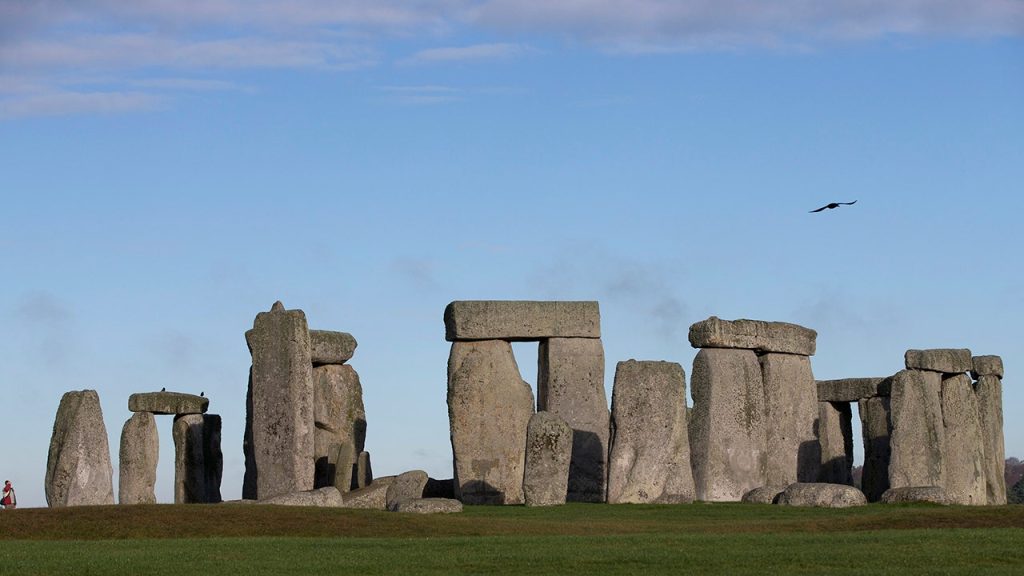Researchers have made progress in understanding the ancient ritual meaning of Stonehenge by discovering that the central stone at the site was brought from northeast Scotland, a distance of over 460 miles. This new information challenges previous beliefs that the stone, known as the “altar stone”, came from Wales. The stone is unique and significant in the monument, and its origins have long been a mystery until now.
The study involved analyzing minerals in rock samples collected from previous excavations at the site. By comparing the geological fingerprints of the stones, researchers were able to identify the source of the central stone as the Orcadian Basin in northeast Scotland. This discovery sheds light on the high level of coordination and cultural connection between different regions of ancient Britain, as moving such a large stone such a long distance required careful planning and effort.
Stonehenge was constructed around 5,000 years ago and is believed to have been a site for ceremonies and rituals rather than a settlement. The placement of stones in specific formations at the site allowed for the sun to rise through a stone “window” during the summer solstice, indicating a connection to astronomical events. The ancient purpose of the altar stone, which lies at the heart of the monument, remains unknown, adding to the mystery and intrigue surrounding Stonehenge.
Past archaeological excavations have not uncovered evidence of feasting or daily living at Stonehenge, further supporting the belief that it was a site for ceremonial practices. The cultural connections between Stonehenge and Scotland’s Orkney Islands, as well as the sourcing of stones from various distant locations, make Stonehenge a unique and important archaeological site in Britain. Despite the many theories and studies surrounding the monument, its true purpose and significance in ancient rituals continue to elude researchers.
The logistics and effort required to move the central stone from Scotland to Stonehenge highlight the advanced capabilities and connections of ancient Britons. The discovery of the stone’s origin adds a new dimension to the understanding of Stonehenge’s construction and purpose. The cultural significance of the monument, along with its alignment with astronomical events, points to its importance as a ceremonial site in ancient Britain, inviting further research and exploration to unravel its mysteries.
Stonehenge remains a symbol of ancient Britain’s spiritual and ritual practices, drawing visitors and researchers from around the world to experience its enigmatic presence. The recent discovery of the central stone’s origin adds to the ongoing efforts to piece together the puzzle of Stonehenge’s creation and purpose. With each new finding and study, researchers inch closer to unraveling the secrets of this ancient monument and its role in the lives of the people who built it over 5,000 years ago.


